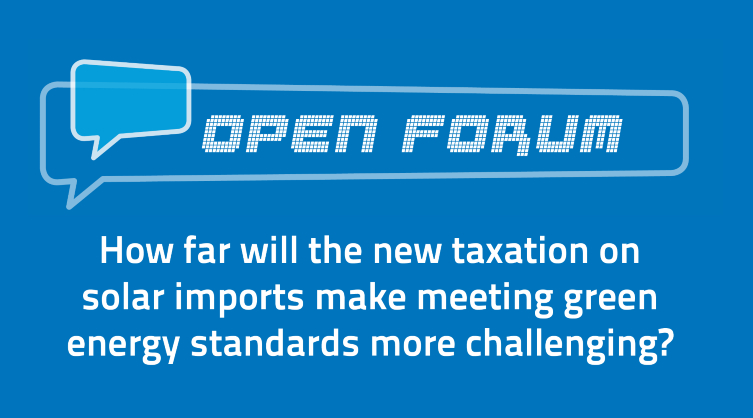How far will the new taxation on solar imports make meeting green energy standards more challenging?
By EPR Magazine Editorial August 3, 2022 4:23 pm IST
By EPR Magazine Editorial August 3, 2022 4:23 pm IST

Vikram V, Vice President & Sector Head – Corporate ratings, ICRA
ICRA’s outlook for the renewable energy sector remains Stable, driven by favourable policy support, superior tariff competitiveness, largely untapped potential and strong intermediate procurers like SECI. These rules include reducing the sanctioned load to 100 kW from 1 MW earlier for open access, the cap on cross subsidy surcharge, exemption from the additional surcharge, banking provision and a single-window clearance through a central nodal agency. However, the timely implementation of these rules by the state commissions remains to be seen. This apart, the sector continues to face challenges on the execution front, the inadequacy of transmission infrastructure and distribution utility finances.
Hitesh Doshi, Chairman, Waaree Group
We have been hopeful of revival for the last decade and have survived strong headwinds. Still, we are entering even more difficult times where our survival is at stake, and without robust local “Make in India” Solar manufacturing, India’s energy sector is in jeopardy. Domestic manufacturing must have structural (ALMM) safeguards and tariff-based barriers (BCD/ SGD, etc.) for at least 4-5 years before these are gradually phased out. However, the following data is quite startling, given that domestic manufacturers run their plants at 30 per cent capacity and incur huge, unsustainable losses.
We use cookies to personalize your experience. By continuing to visit this website you agree to our Terms & Conditions, Privacy Policy and Cookie Policy.